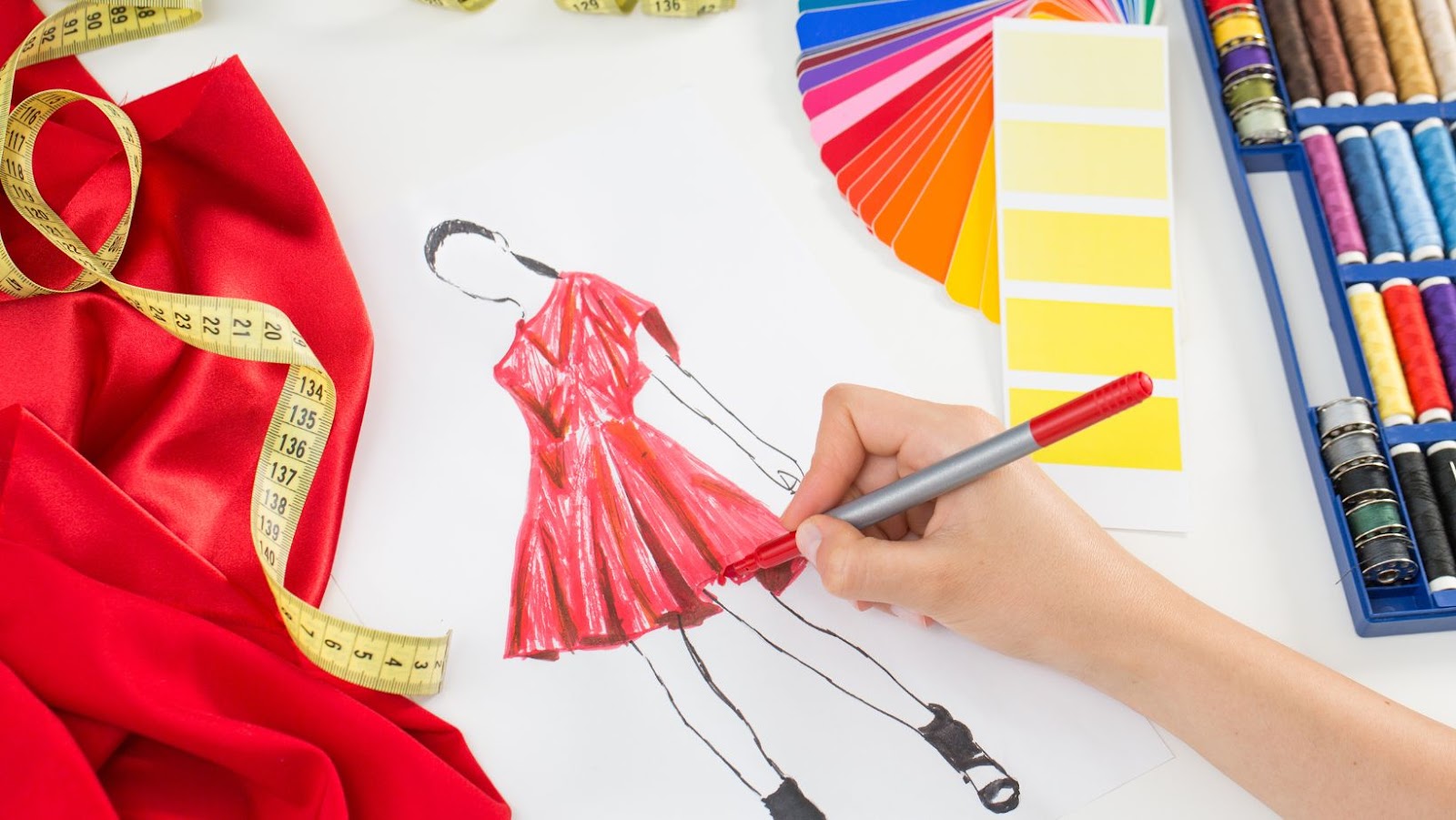Top Fashion Design Jobs: A Guide to Your Dream Career in Fashion
 Fashion Design Jobs
Fashion Design Jobs
Fashion design jobs are at the intersection of art, expression, and utility. Those who pursue these roles embark on a career filled with creativity, innovation, and the excitement of seeing their concepts come to life. At its core, fashion design involves creating clothing and accessories that blend aesthetics with functionality. However, the scope of these jobs expands far beyond mere design; they influence trends, embody cultural movements, and can even make bold statements about societal norms.
These jobs demand a keen eye for detail, a profound understanding of fabrics and materials, and an unwavering passion for style. Designers must also stay abreast of the latest trends and technological advancements in the fashion industry. Whether it’s for high fashion, ready-to-wear, sports apparel, or children’s clothing, each niche requires a unique set of skills and creative approach.
Education and Training Paths
Fashion design jobs often begin with the right blend of education and hands-on experience. Prospective designers can follow multiple paths to enter the industry, either through formal education or by gaining experience through apprenticeships and internships. Understanding these paths is crucial for anyone looking to carve out a successful career in fashion design.
Degree Programs
The foundation of many careers in fashion design is the completion of a degree program. These programs, ranging from associate to master’s levels, equip students with a deep understanding of fashion history, textiles, sewing, pattern making, and computer-aided design software. Bachelor’s degrees in fashion design are particularly prevalent and highly regarded in the industry. They not only cover the technical skills needed but also focus on creativity, trend analysis, and brand identity—skills that are indispensable in the highly competitive world of fashion.
Institutions worldwide offer specialized programs tailored to different niches within fashion design, such as haute couture, sports apparel, and sustainable fashion. This specialization allows graduates to pursue careers aligned with their specific interests and skills. It’s also worth noting that many renowned designers often start their journey in these programs, highlighting their value and potential to launch successful careers.
Apprenticeships and Internships
For those seeking a less traditional route into fashion design jobs or looking to complement their education, apprenticeships and internships offer invaluable hands-on experience. These opportunities allow aspiring designers to work closely with established professionals, gaining insights into the practical aspects of design, production, and sometimes even marketing and sales.
Internships, in particular, can be found with fashion houses, design studios, and retail brands. They’re not only a means to develop practical skills but also a way to form industry connections that can be crucial for future job prospects. Many designers find that internships offer them a foot in the door to full-time positions within the same companies.
Skills and Qualities Needed
In the dynamic world of fashion design, certain skills and qualities stand out as essential for professionals looking to excel. For those eyeing fashion design jobs, the industry’s competitive nature demands a unique blend of creativity, technical prowess, and keen market insight. Below, we delve into the critical skills and qualities indispensable in this field.
Creativity and Innovation
At the heart of every successful fashion designer is a robust reservoir of Creativity and Innovation. This industry thrives on fresh ideas and groundbreaking designs that challenge the status quo. Aspiring designers must possess the ability to:
- Envision original concepts that resonate with target audiences
- Experiment with materials, colors, and techniques to bring their visions to life
- Adapt to the evolving trends and preferences of the fashion world
Creativity in fashion design isn’t just about crafting aesthetically pleasing outfits; it’s about telling a story through every stitch and seam. Designers must constantly seek inspiration from the world around them, whether through art, nature, or social movements, to stay ahead in the game.
Technical Skills
While creativity sparks the idea, Technical Skills are what bring it into existence. These include a deep understanding of:
- Fashion history and the influences shaping current trends
- Textiles and materials, along with their properties and best uses
- Design software, like Adobe Illustrator and Photoshop, for digital sketching and pattern making